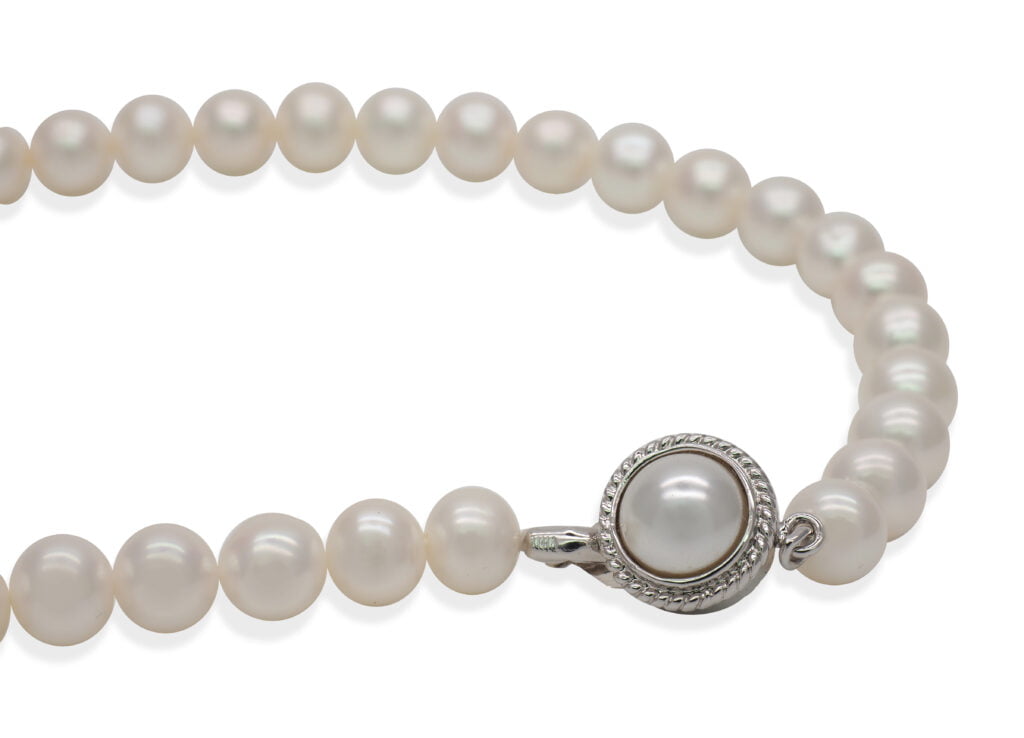Pearls: Natural or Cultured
The creation of pearls truly is a wonder of nature. Unlike most gemstones, pearls are created by mollusks as a self-defense mechanism. Blessed with a unique luster only found on pearls, it has attracted human kind even before history was written. In fact, pearls are the oldest gem ever used by humans. A natural pearl, discovered in 2017 off the coast of Abu Dhabi, was dated to nearly 8000 years old. That period of time referred to the last stage of the Neolithic age, or the Stone Age.
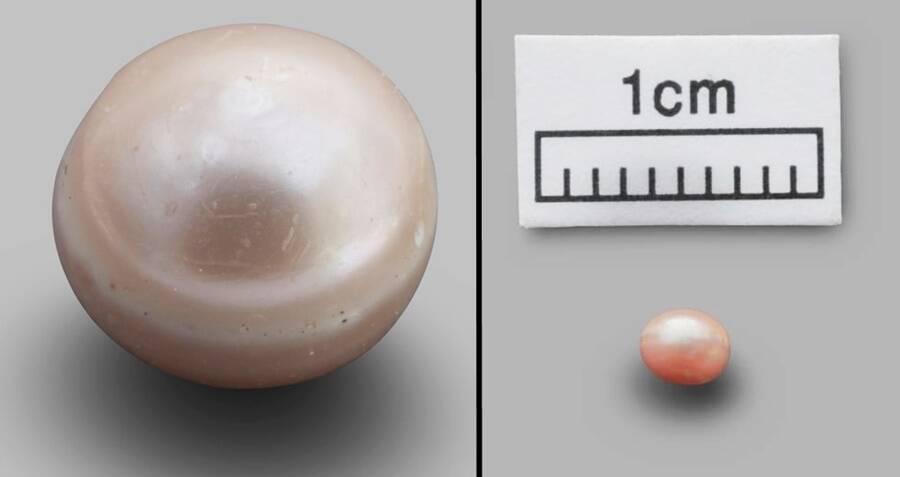
A perfect natural pearl can be as rare as any rarest gemstones. Often or not, pearl gems acted as a symbol of status and are reserved for privileged classes of ancient civilisations. Ancient Egypt, China, Romans, and India, all highly regard this gem for its beauty and for how it defined jewelleries. Apart from that, Queen Cleopatra and the Chinese Emperors would grind pearls into fine pearl dusts for cosmetics and elixirs. Historians knew how those civilizations used pearls through ancient arts on walls in Egypt and portrait paintings in China. One of very few surviving ancient pearl necklace, literally worn by the 5th Qing Emperor himself seen in a painting, was sold to a collector for millions.
Pearl can be formed naturally without any human intervention, but extremely difficult for it to be perfectly spherical. Their formation is typically triggered by irritants such as a grain of sand, or a parasite that bore through the shell. Mollusks are filter feeders, thus easily trap dirt and ingesting parasites into their fragile organs. Moreover, conditions also played a big part in the nature of natural pearls, conditions none other than in the Persian Gulf.
Throughout history, the Persian Gulf is considered the most important source of natural oyster pearls. It carries a great significance to the Arab culture and tradition, particularly the country of Bahrain. And the warm water of the gulf proves to be a perfect condition for the oysters to thrive. Among the oyster favoured conditions include parasites for pearl production, no rough oceans or natural predators, and excellent habitat to reproduce.
Cultivated pearls, on the other hand, are formed with the help of human intervention. Pearls can be surgically induced with or without a bead inside a saltwater or freshwater mollusk. The first successful cultivated pearl led us to Japan in the beginning of the 20th century. A man named Kokichi Mikimoto, often dubbed “the Father of Cultured Pearl”, introduced his cultured pearls into the market that revolutionised the pearling industry. Fortunately for him, Japan is blessed with the surrounding sea that is inhabited by Akoya oysters.
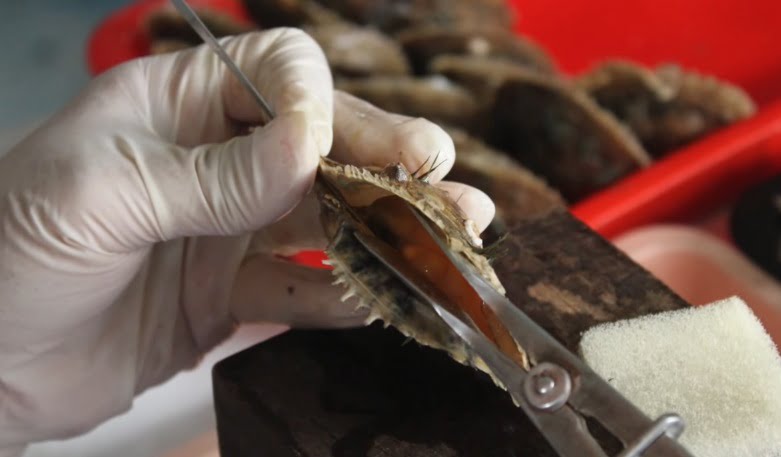
Generally, pearls are the by-product of mollusks due to intruding irritants. To mitigate the effects that may be caused by the irritant, a mollusk will slowly secrete and coat layers of smooth nacre around the irritant. This process could happen in the mantle or the gonad of the creature. Some cases where the pearls formed in the inside of the shell, those are called blister or “mabe” pearl which are usually semi-spherical and less valuable.
Nacre is the compound that makes a pearl so unique in its own right. It is composed of microscopic platelets of aragonite, a crystallised form of calcium carbonate. The layers of aragonite are then bonded by conchiolin, a complex protein secreted along with the aragonites. Rarely, orient, a term for pearl’s iridescent, can be found in well-formed pearls. Orient pearl displays faint rainbow colours and it indicates the pearl’s quality and nacre thickness. The thicker and deeper the nacre is, the higher the chances of displaying orient.
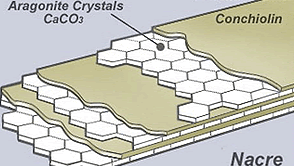
Since the breakthrough of Japanese cultivated pearls took the world by storm and dealt a blow to the natural pearl industry, many other sources have come about. The main cultured pearls are the saltwater pearls of Akoya, South Sea, and Tahitian, and also the freshwater pearls. Firstly, the Akoya pearls are named after the Akoya oysters that native to Japan. Akoya pearls have the highest percentage of spherical pearls among all the mollusks. The best of Akoyas are white with rosé overtones and excellent luster, perfect for a matching set of necklace.
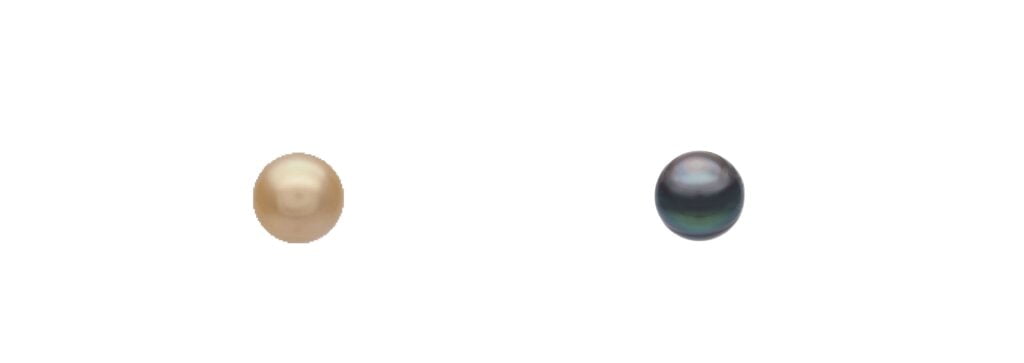
The South Sea pearls are produced by the large Pinctada Maxima oysters, thus their produces are the largest of the cultured. Primarily cultured in the Philippines, South Sea pearls have a softer luster than the Akoyas, but what set them apart are their colours. Due to the gold and silver-lipped Maxima oysters, they are much known for producing gold and silver pearls. The third cultured species is the Tahitian pearl. Easily recognized by its sleek dashing colours, they are produced by the Pinctada Margaritifera black-lipped oysters. Bred in the waters of the French Polynesia and the Cook Islands, but sold in the trade centre of Tahiti hence the name Tahitian pearls. Their unusual colours range from grey, violet, blue, green, to black.
Last but not least, the mollusks that live and are cultivated in freshwater are the pearl producing mussels. Known as Hyriopsis Cumingi, is the main producer of freshwater pearls and a native to China which is known as triangle shell. These mussels are hardcore pearl producers where they can carry up to 40 pearls at once. Despite that, they have the least percentage of being spherical and usually developed in baroque shape.
Time went by and the quality of cultivated pearls has improved steadily. As the mass production of it led to a readily available stockpile, natural pearls have become a collector’s item. It is extremely limited and difficult to find in the wild. One point of time, there was an abundance of pearl-bearing wild oysters, but over harvesting almost brought them in certain regions to the brink of extinction. Now the oyster beds are being protected, allowing them to thrive like they used to. For those who are lucky enough to own a natural pearl, that could truly be a privilege.
On the contrary, the mass production of cultured pearls has caused their price to drop. They can prove to be more economical on the financial and production standpoint. It has a lower price range, and easier to cultivate them than to risk searching for natural pearls in the open sea. But still, a good matching strand of pearls can still be valuable. Gemmologically speaking, it is rather difficult to distinguish a pearl to be natural or a cultured without using destructive methods. An old method of rubbing against one’s teeth may only tell whether it is a pearl or not. The most conclusive method of identification is by x-ray imaging from a gem lab. Those imaging would show the bead or mantle tissue in a cultured pearl, or nothing at all in a natural pearl.
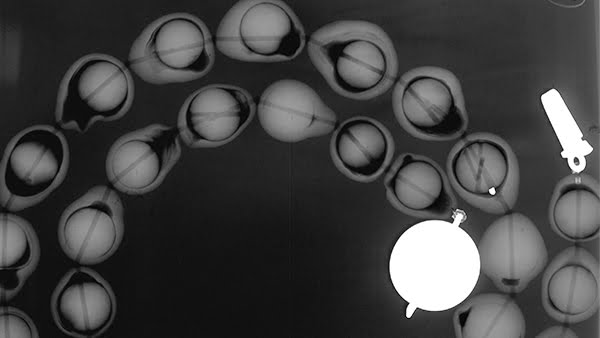
Nonetheless, pearls are an amazing wonder of nature regardless of its nature. No other places where we can find nacre, moreover a gem made out entirely from nacre. Pearl has truly been appreciated in the past, and it will continue to be treasured by many in the future.

